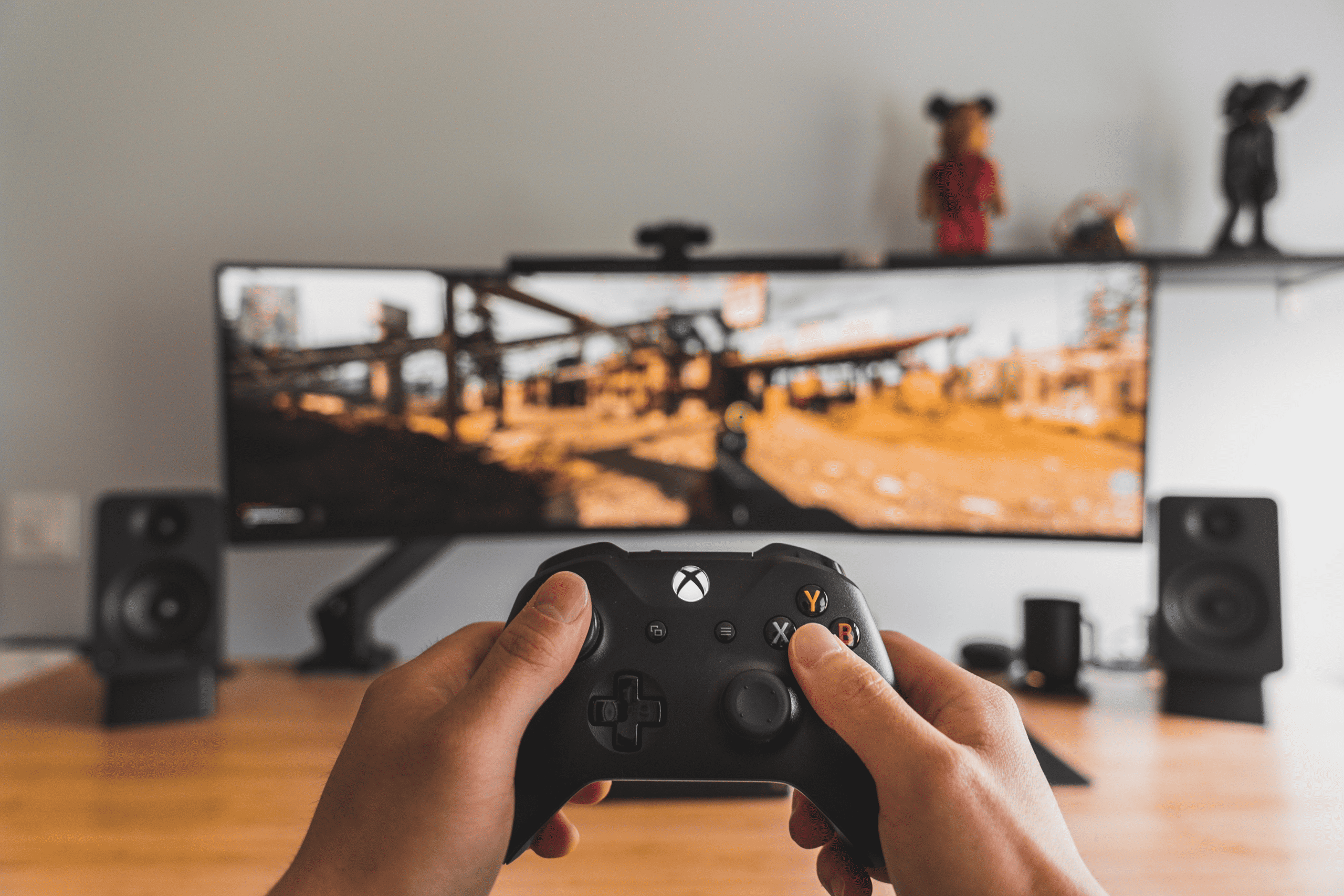
11 best gaming consoles: which should you choose?
In a market flooded with numerous gaming consoles, selecting the right one can be a challenging task. However, fret not, as this article aims to provide you with all the necessary information.
We have extensively researched the gaming industry, carefully comparing numerous options to determine the best game console that caters to all your gaming requirements.
Whether you prioritize stunning graphics, multiplayer capabilities, or affordability, rest assured there is a console that suits your needs.
At a glance
Here is a quick overview of the best gaming consoles:
- PlayStation 5
- Xbox Series X
- Nintendo Switch OLED
- Xbox Series S
- Valve Steam Deck
To gain a comprehensive understanding of the pros and cons associated with each console, we highly recommend reading our detailed guide below.
Top 5 gaming consoles
Having thoroughly tested over 15 gaming consoles, we have curated a list of our top recommendations specifically tailored for all gamers.
PlayStation 5
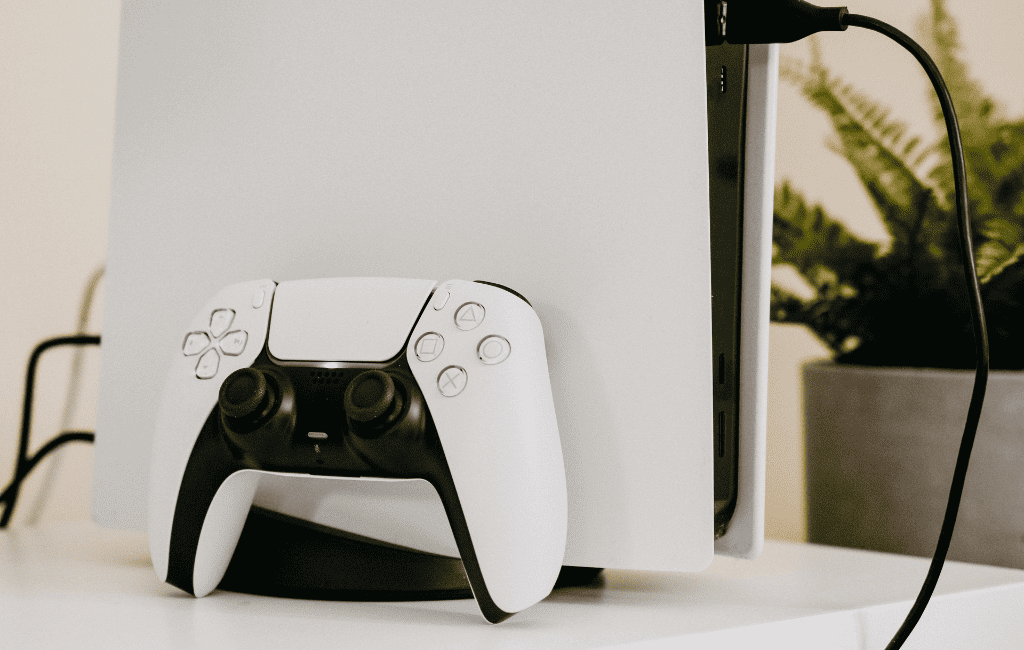
CPU: Custom 8-core AMD Zen 2 at 3.5 GHz; GPU: Custom AMD RDNA 2 with 10.28 TFLOPs and 36 compute units at 2.23 GHz; Memory: 16 GB GDDR6; Storage: Custom 825 GB SSD; Expandable storage: NVMe SSD slot.
Pros
Cons
The PlayStation 5 (PS5), Sony’s latest gaming console, offers an unparalleled gaming experience. Boasting an elegant design, robust hardware, a user-friendly interface, and an extensive game library, the PS5 sets new standards in gaming excellence. Its lightning-fast SSD significantly reduces load times, enabling gamers to dive into their favorite titles without delay.
It includes a DualSense Wireless Controller that enhances gameplay with its customizable triggers and haptic feedback, heightening the tactile and lifelike sensations. Supporting 4K gameplay and holding the potential for 8K resolution in the future, the console utilizes ray tracing technology to deliver stunningly realistic lighting and reflections. And with the immersive audio provided by the Tempest 3D Audiotech, players are fully immersed in the game world.
The PS5 also offers additional storage options, ensuring effortless storage and access to an expanding game collection. Notably, the console boasts an impressive lineup of games, including highly anticipated titles like Elden Ring and God of War Ragnarok.
Xbox Series X
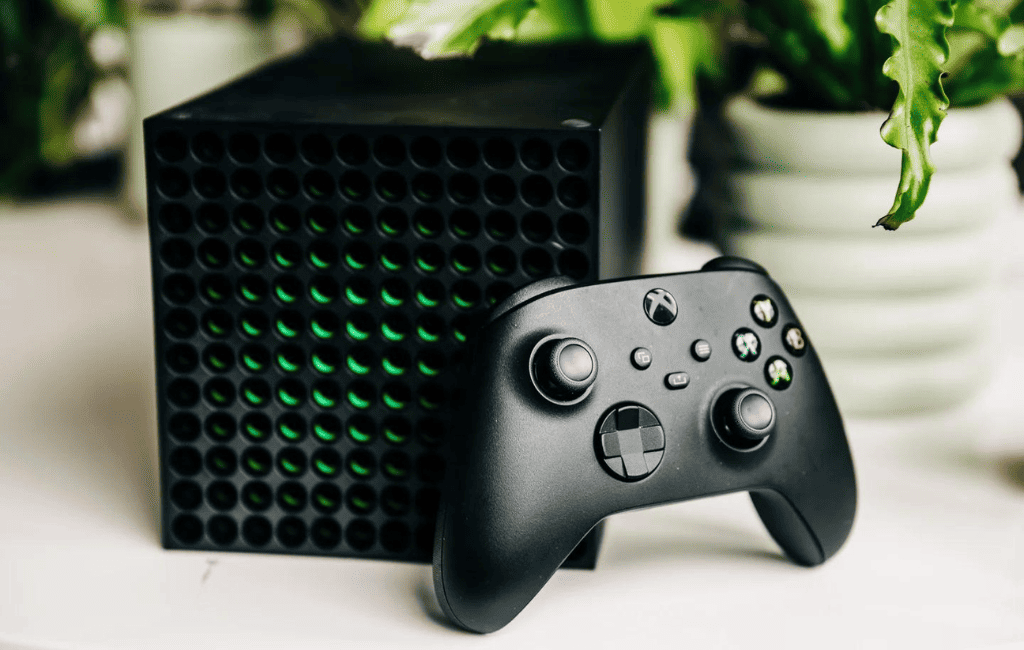
CPU: Custom 8-core AMD Zen 2 at 3.8 GHz; GPU: Custom AMD RDNA 2 with 12 TFLOPs and 52 compute units at 1.825 GHz; Memory: 16 GB GDDR6.
Pros
Cons
The Xbox Series X boasts a sleek, monolithic design that instantly catches the eye. Its minimalist yet elegant aesthetics blend seamlessly into any entertainment setup. Powered by an advanced custom processor, this console offers incredible speed, performance, and graphical fidelity that push the boundaries of gaming. It is also equipped with the ability to output stunning 4K resolution at 60 frames per second (FPS), even reaching up to 120 FPS in some games.
The game console features an extensive gaming library, including both new and backward-compatible titles. With the Game Pass subscription service, players gain access to a vast collection of games, ranging from popular AAA titles to indie gems, providing countless hours of entertainment. Plus, Xbox’s commitment to backward compatibility means that players can enjoy their favorite Xbox One, Xbox 360, and even original Xbox games on the Series X, ensuring a diverse gaming experience.
Xbox Series X comes bundled with the redesigned Xbox Wireless Controller, which offers improved ergonomics, tactile texturing, and a share button for seamless content sharing. The controller provides excellent precision and responsiveness, enhancing gameplay across various genres. Additionally, the console’s user interface is intuitive and user-friendly, allowing for easy navigation and effortless access to games, apps, and settings.
Nintendo Switch OLED
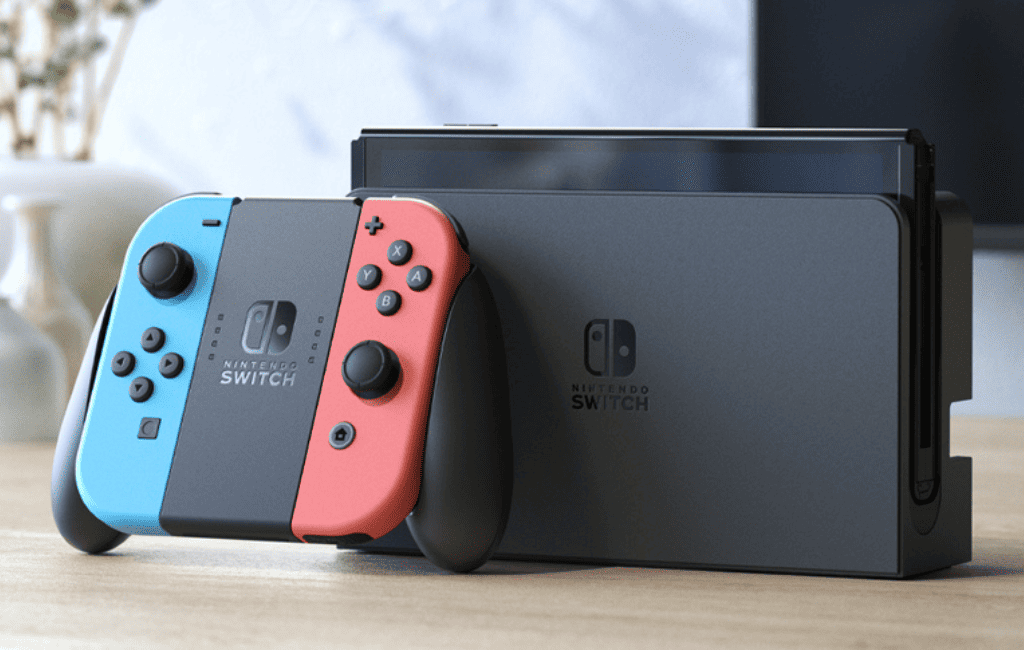
Display: 7″ OLED touchscreen (1280 x 720); Storage: 64GB internal, expandable via microSD; Battery life: 4.5 to 9 hours; Connectivity: Wi-Fi, Bluetooth 4.1, USB Type-C.
Pros
Cons
The Nintendo Switch OLED is an upgraded version of the popular hybrid gaming console. Its standout feature is the vibrant 7-inch OLED display, which brings enhanced visuals with richer colors and deeper blacks. Games come to life with stunning clarity and improved contrast, whether playing in handheld mode or on a TV. The OLED screen provides an immersive gaming experience that surpasses its predecessor.
In addition to the stunning display, the Nintendo Switch OLED offers improved audio quality, delivering richer and more dynamic sound. Whether it’s the atmospheric soundscapes of adventure games or the explosive sound effects of action titles, the enhanced audio adds depth and immersion to gameplay. For those seeking a more private experience, the console supports headphone use.
Nintendo maintains the iconic design and versatility of the original Nintendo Switch, featuring the familiar Joy-Con controllers and a sleek, matte finish. The adjustable kickstand on the back of the console provides better stability when playing in tabletop mode, allowing for comfortable gaming sessions on any surface. While the internal storage capacity remains at 64GB, the console supports microSD cards for easy storage expansion, ensuring ample space for a growing game library.
Xbox Series S
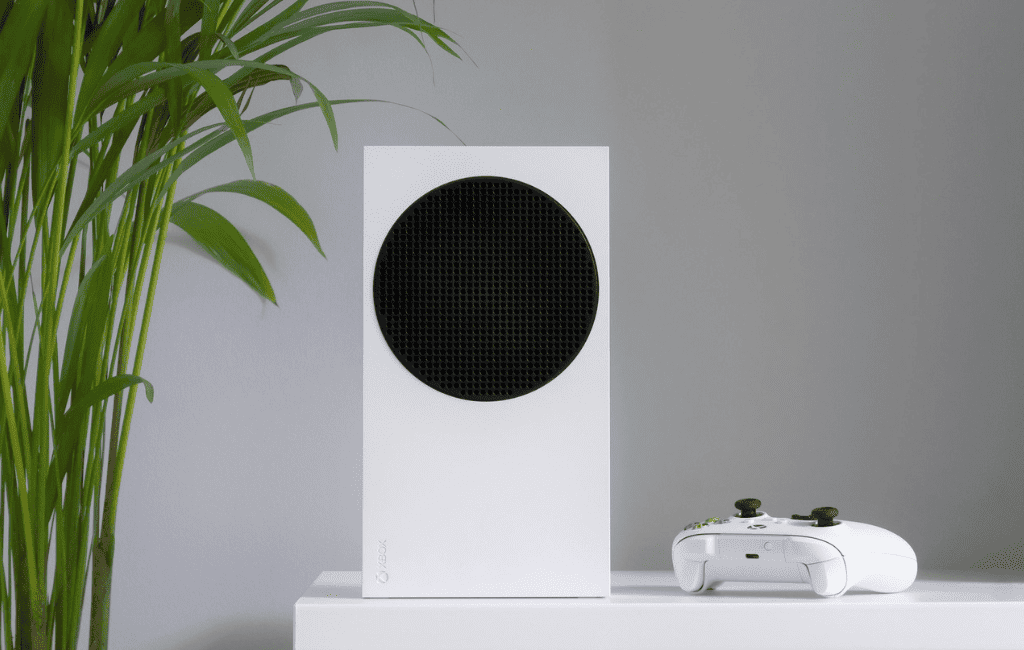
CPU: Custom 8-core AMD Zen 2; GPU: Custom AMD RDNA 2 architecture; RAM: 10GB GDDR6; Storage: 512GB Custom NVMe SSD; Resolution: Up to 1440p (QHD).
Pros
Cons
The Xbox Series S is a powerful gaming console with a compact design and sleek white aesthetic. While it may lack some of the high-end features found in the Series X, it still delivers impressive performance and a great gaming experience, making it an excellent choice for gamers looking for a more budget-friendly option without sacrificing too much performance.
One notable difference between the Series S and X is the resolution capabilities. Series S targets a resolution of 1440p, which is lower than the 4K output of Series X. However, it still delivers sharp and vibrant visuals, making games look stunning on compatible displays. Xbox Series S also supports ray tracing, bringing realistic lighting and reflections to the gaming experience, albeit at a slightly lower level compared to the Series X.
In terms of performance, the Series S holds its own. It features a custom SSD that ensures fast loading times, allowing gamers to jump into their favorite titles quickly. The console also benefits from the improved load times provided by Xbox Velocity Architecture, although not as fast as the Series X. The Series S offers smooth gameplay with up to 120 frames per second, providing an immersive and responsive gaming experience.
Valve Steam Deck
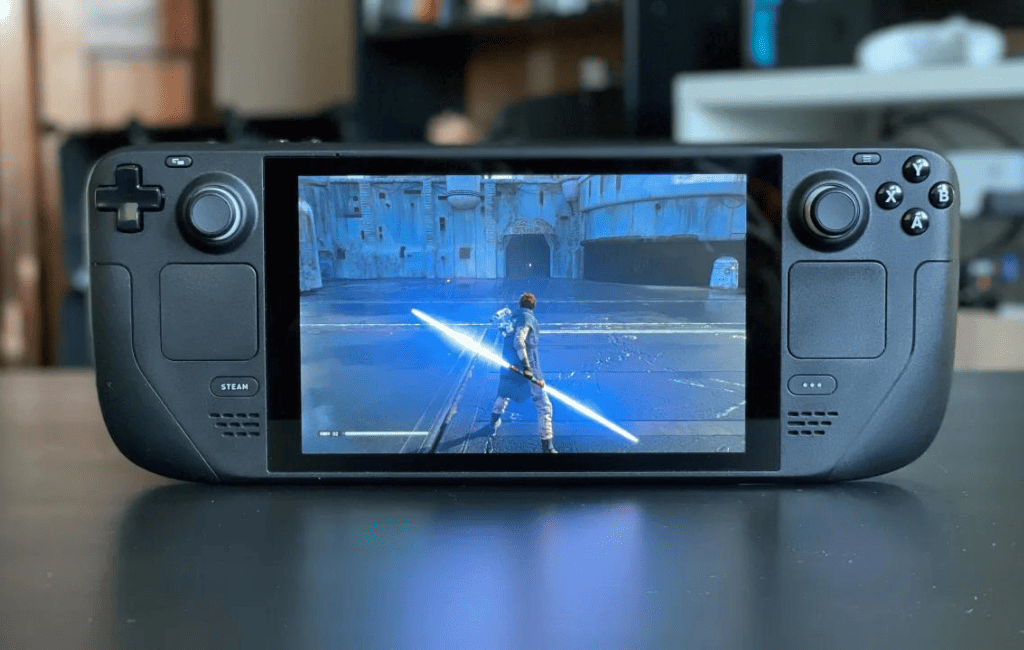
CPU: Custom AMD APU with Zen 2 4c/8t, 2.4-3.5GHz; GPU: AMD RDNA 2, 1.0-1.6GHz; RAM: 16GB LPDDR5; Storage: 64GB eMMC, 256GB/512GB NVMe SSD options.
Pros
Cons
Valve Steam Deck pushes the boundaries of portable gaming. Powered by a custom AMD APU, it delivers an impressive performance that rivals many gaming laptops. Coupled with its quad-core processor and RDNA 2 architecture, the Steam Deck handles demanding games without breaking a sweat. The device features a vibrant 7-inch touchscreen display with a resolution of 1280×800 pixels, ensuring crisp visuals and immersive gameplay.
For controls, the Steam Deck features a layout similar to that of a traditional gaming controller, complete with thumbsticks, a D-pad, and face buttons. This allows for seamless gameplay and comfortable control, even during long gaming sessions. Plus, it provides customizable controls for the freedom to adapt the layout to your personal preferences.
The handheld gaming device also offers expandable storage to help you build an extensive library. It also runs on SteamOS, a Linux-based operating system optimized for gaming with the option to install other operating systems, such as Windows. For battery life, Valve provides between two and eight hours of gaming on a single charge, depending on the intensity of the game being played.
6 other great options to consider
Here are six other noteworthy options to consider. Each of these consoles has its own set of features and strengths, providing exceptional gaming experiences to suit different preferences and interests.
- Nintendo Switch: The Nintendo Switch, a previous generation to the Switch OLED model, offers a hybrid gaming experience combining portability and TV gameplay. It features detachable joy-con controllers, a touchscreen, and a vast library of titles, including classic Nintendo brands.
- Xbox One X: Designed for high-quality gaming, the Xbox One X delivers stunning visuals with 4K resolution and HDR compatibility. It also offers backward compatibility for Xbox 360 and original Xbox games.
- Xbox One S: The Xbox One S is a powerful gaming and entertainment device with 4K Blu-ray playback, HDR compatibility, and access to Xbox Game Pass. It provides excellent image quality and offers online multiplayer and social functions through Xbox Live.
- PlayStation 4: Developed by Sony, the PlayStation 4 offers a wide collection of games, including first-party, third-party, and indie titles. It features online multiplayer capabilities, content sharing, and the ability to stream gameplay.
- Nintendo 3DS: The Nintendo 3DS is a handheld gaming system with dual screens and stereoscopic 3D capabilities, providing a unique gaming experience without the need for glasses. It offers portable gaming experiences for players of all ages.
- Xbox One: The Xbox One serves as a versatile gaming and entertainment system, offering high-quality games, multimedia features, and online access. It functions as an entertainment center, allowing users to enjoy movies, TV series, music, and internet browsing.
FAQs
Which should you choose?
Choosing the best gaming console ultimately depends on your individual preferences and gaming priorities. However, after thorough evaluation and comparison, the PlayStation 5 (PS5) emerges as the clear winner in terms of its exceptional performance, cutting-edge technology, and diverse game selection.
Nevertheless, it’s important to note that the Xbox Series X and Nintendo Switch OLED also deserve recognition as commendable runners-up. The Xbox Series X impresses with its performance and backward compatibility, while the Nintendo Switch OLED offers a portable and versatile gaming experience.
Whether you choose the PS5, Xbox Series X, or Nintendo Switch OLED, rest assured that you’ll be investing in a top-tier gaming console that will provide countless hours of entertainment and immerse you in the exciting world of gaming.

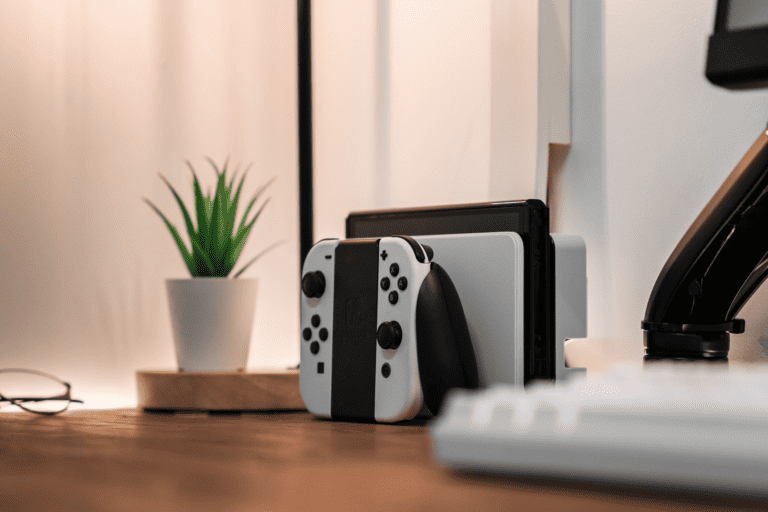
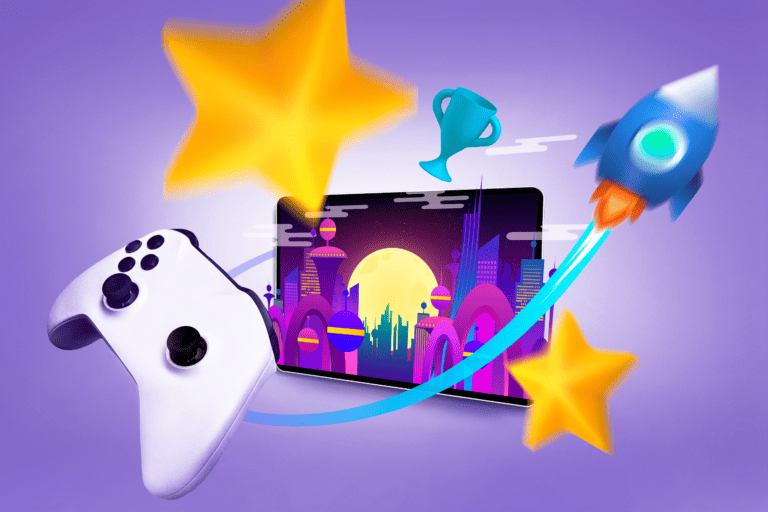
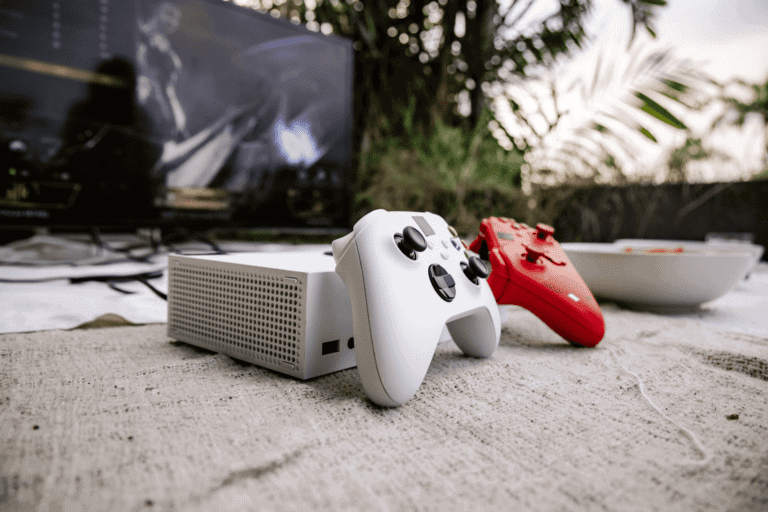
Leave a Comment